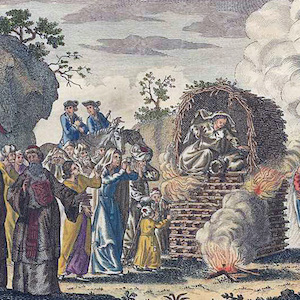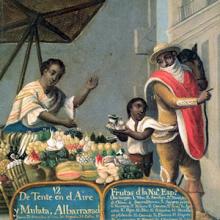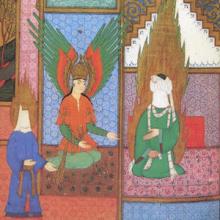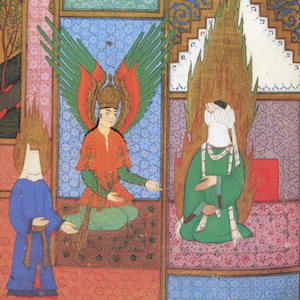Religion

Sati Engraving, Burning a Hindoo Widow
Toward the end of the 1700s, the evangelical movement in Britain argued that one’s commitment to Christ should be reflected in action, primarily the effort to end slavery in the British empire and to proselytize or seek converts among the “heathen.” Initially, the English East India Company had p

In Memoriam
In 1857, British rule in India was challenged when Indian sepoy troops of the British Indian Army began a year-long insurrection against the British. To the British, the most shocking aspect of the events in India was the massacre of white women and children by Indian men.

Sati Engraving: A Gentoo Woman Burning Herself
From the late 1500s and into early 1800s, adventurous and artistically talented European men and a few women traveled to Asia and India, in particular, to see sites and cultures considered exotic.

Susanna and the Elders
Susanna and the Elders, a 17th-century Italian painting by Artemisia Gentileschi, portrays the biblical story of Susanna, a virtuous Jewish woman preyed upon by two judges, important members of the community. Without her knowing, the men spied on her while she bathed.

Barada Panel in Great Mosque in Damascus
The panel shown here is five meters (16.7 feet) above ground level on the wall in the courtyard of the Great Mosque in Damascus. The original image is created in mosaic technique.

Analyzing Inquisition Documents
The modules in Methods present case studies that demonstrate how scholars interpret different kinds of historical evidence in world history..

Analyzing Religious Texts
The modules in Methods present case studies that demonstrate how scholars interpret different kinds of historical evidence in world history. In the video below, historian Sumaiya Hamdani analyzes a Hadith. Hadith are reports about what the Prophet Muhammad said or thought.

The Prophet Muhammad and A’isha
This is a depiction of A’isha, one of Muhammad’s wives. She was close to the Prophet and is the author of roughly 1,200 Hadith. Her involvement tells us something about the public role that some women played in the early Muslim community and the respect she was given.

Excerpts from the Hadith by A’isha
Hadith are reports about what the Prophet Muhammad said or thought. They provide Muslims with a sense of how Muhammad applied the guidelines of the Koran to daily life. They are based on the memories and stories of those who knew the Prophet and were recorded a few generations after his death.

Hagia Sophia Floor Plan
This is an architectural drawing of the Hagia Sophia’s floor plan.